Orphaned links are URLs that haven’t got any inbound links from other pages within the same website. By definition, they exist in isolation, disconnected from the rest of your content. This isolation can occur for various reasons, such as changes in website architecture, content reorganization or the removal of linking pages. When a link becomes orphaned, it loses its contextual relevance within the website, and its impact on user experience and search engine rankings can be quite significant.
A seamless and intuitive user experience is paramount for the success of any website. Orphaned links disrupt this experience by creating dead ends for users who encounter them. When visitors click on a link that leads to nowhere, they are left frustrated and confused. This frustration can result in higher bounce rates, lower user engagement, and a negative perception of the website or the company.
Imagine a scenario where a user is navigating through an e-commerce site, exploring product categories, and suddenly encounters an orphaned link. This link could have led to a specific product page, but with no connection to the broader website structure, the user is left stranded. The chances of the user abandoning the site increase, potentially leading to lost sales and a diminished reputation.
Orphaned links don’t only disrupt the user experience but also pose a significant challenge to search engine optimization (SEO). Search engines, such as Google, rely on links to crawl and index web pages. When a link is orphaned, it becomes less likely to be discovered and indexed by search engines. This lack of visibility can result in lower search engine rankings and reduced organic traffic.
Search engines rank the relevance and authority of a website based on the connected structure of its pages. Orphaned links disrupt this linkage, signalling to search engines that certain content is isolated and potentially less valuable. As a consequence, the affected pages may receive lower rankings in search results, limiting their visibility to users actively searching for related information.
Orphaned links also hinder the flow of link equity, which means “the passing of authority and value from one page to another through links”. In a well-structured website, link equity flows seamlessly, contributing to the overall authority of the domain. Orphaned links disrupt this flow. This creates pockets of isolated content that miss out on the collective authority generated by the website’s interconnected pages.
Orphaned links can have consequences on website performance. For instance, search engine crawlers may encounter difficulties navigating through a website with orphaned links, leading to incomplete indexing and potential gaps in the website’s representation in search engine databases. This can result in missed opportunities for the website to appear in relevant search results.
Even more likely, orphaned links may contribute to a phenomenon known as “crawl budget waste.” Search engines allocate a certain crawl budget to each website, determining the frequency and depth of crawling. Orphaned links consume a portion of this budget without contributing to the discovery of new, valuable content. As a result, search engines may allocate fewer resources to crawling and indexing the rest of the website, impacting its overall visibility in search results.
To mitigate the negative impact of orphaned links, proactive measures must be taken. Regular website audits are essential to identify and rectify orphaned links promptly. Here are some strategies to prevent and address orphaned links:
- Regular Audits: Conduct periodic audits of your website’s link structure. Identify orphaned links and either reintegrate them into the website’s content or redirect them to relevant pages.
- Content Management Systems (CMS): Ensure that your CMS provides tools for monitoring and managing links effectively. Many modern CMS platforms like WordPress offer features to track broken or orphaned links.
- 301 Redirects: When restructuring your website or removing content, implement 301 redirects from old URLs to relevant, updated pages. This not only preserves link equity but also guides users and search engines to the new location of the content.
- Internal Linking Strategy: Develop a robust internal linking strategy to ensure that each page within your website is connected to others. This not only enhances user experience but also facilitates search engine crawlers in discovering and indexing content.
- Regular Updates: As your website evolves, ensure that links are updated accordingly. When content is moved or removed, update internal links to maintain a cohesive structure.
Orphaned links may be the silent assassin killing your user experience, bounce rate and SEO. Their impact on website performance speaks volumes. These isolated URLs can undermine your entire content marketing strategy of your website. By understanding and implementing these proactive strategies to prevent and address them, website owners can ensure a seamless web structure and safeguard the overall health of their online presence.









